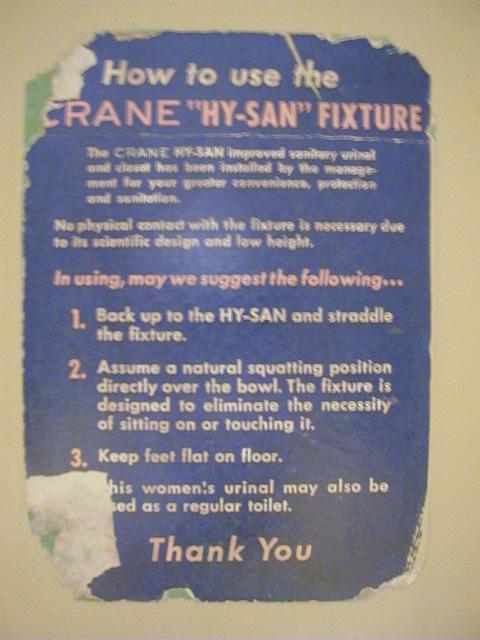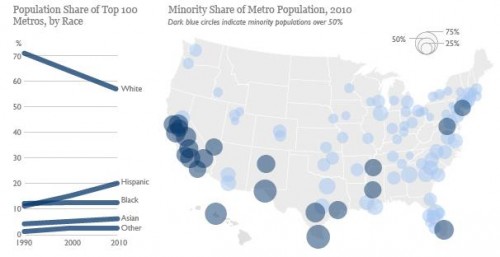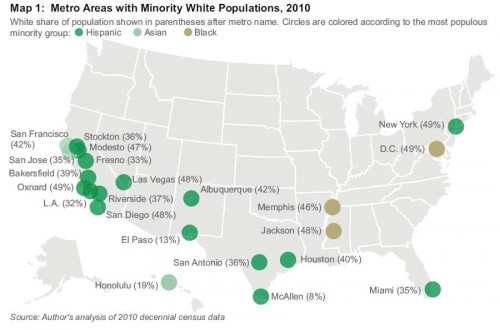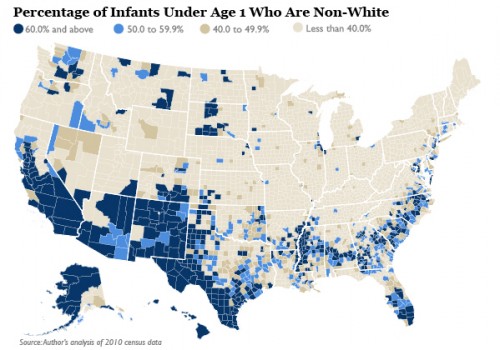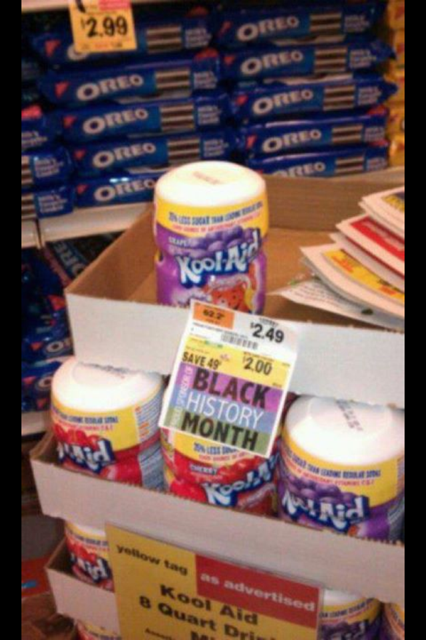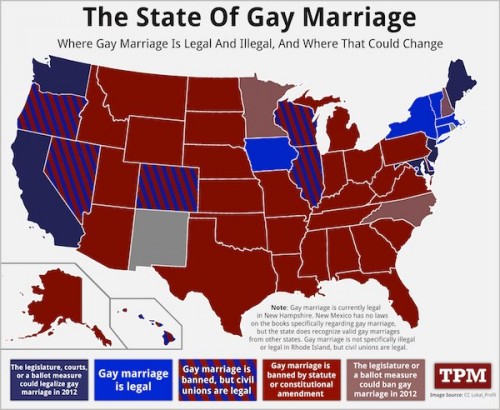Cross-posted at Jezebel.
I am convinced that women could pee standing up, with the same accuracy as a man (which means, what, 90% accuracy?), if they practiced as often as men do.
There, I said it.
In any case, I’m not the only one and, in fact, in 1953 American Standard unveiled a urinal for women (via Vintage Ads):
Close up:
A commenter says she remembers seeing these in roadside rest areas for a time. But, obviously, they didn’t catch on. I suspect that they were made with women in skirts in mind, and involved squatting more so than standing and leaning back. This set of instructions for an another women’s urinal may or may not have applied to this one:
In any case, I like to imagine an alternative future in which women use urinals as easily and lightheartedly as men. It makes me appreciate the historical contingency of our everyday lives. Reminds me of the horizontal wall refrigerator.
Lisa Wade, PhD is an Associate Professor at Tulane University. She is the author of American Hookup, a book about college sexual culture; a textbook about gender; and a forthcoming introductory text: Terrible Magnificent Sociology. You can follow her on Twitter and Instagram.



